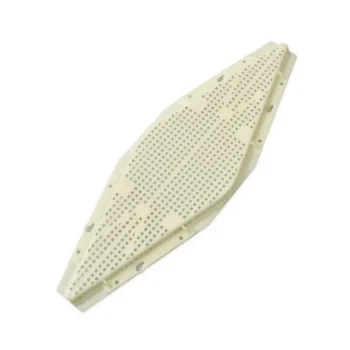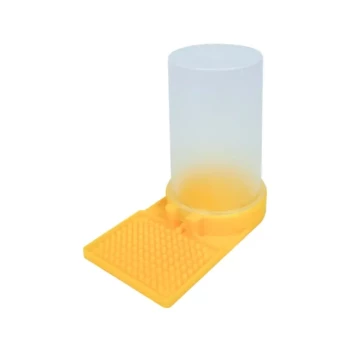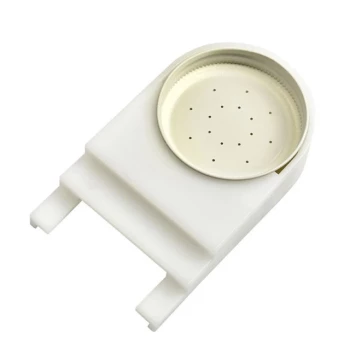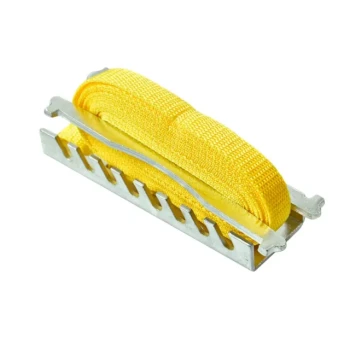Beeswax is the foundational material of the honeybee society. It is a substance produced by the bees themselves and used to construct the entire internal structure of their hive. Bees use wax to build the iconic hexagonal cells of their combs, which serve as a nursery for raising young, a pantry for storing honey and pollen, and the very framework of their home.
The genius of beeswax lies not just in its use as a building block, but in how it enables the creation of the honeycomb—a perfectly efficient structure that allows the colony to store food and raise a new generation with minimal material and energy cost.
The Core Functions of Beeswax in the Hive
Beeswax is a versatile tool, essential for the three pillars of colony survival: reproduction, food storage, and structural integrity. Each function is tied directly to the comb they build.
Constructing the Honeycomb
The primary use of beeswax is to build the comb. Worker bees consume large amounts of honey, which their bodies convert into wax secreted from glands on their abdomens. They then carefully mold these small wax flakes into perfectly uniform, six-sided cells.
Storing Food Resources
These wax cells are the colony's pantry. Bees fill the cells with nectar, which they dehydrate into honey, and with pollen, which is mixed with nectar to create "bee bread." This provides the carbohydrates and protein necessary to sustain the entire colony, especially through winter.
Raising the Next Generation (Brood Rearing)
The queen bee lays her eggs directly into the wax cells. These cells then serve as a protected nursery where the larvae are fed and develop through the pupal stage until they emerge as adult bees. The comb is, in essence, a massive maternity ward.
Capping and Preserving Honey
Once a cell is filled with honey that has been dehydrated to the correct moisture content, worker bees secrete a fresh, thin layer of wax to seal it. These wax caps are critical. They keep out debris and, most importantly, prevent the honey from absorbing atmospheric moisture, which would cause it to ferment and spoil.
Understanding the Trade-offs: Wax vs. Other Hive Materials
It's easy to assume bees build everything from wax, but they are resourceful and use different materials for different jobs. Understanding these distinctions clarifies the unique role of wax.
Beeswax is for Construction
Wax is the architectural material. It is used for building the internal structures—the comb cells for storage and brood. It is produced by the bees themselves and is relatively pliable.
Propolis is for Sealing and Sterilizing
Propolis, often called "bee glue," is a sticky resin bees collect from trees. They use it to seal cracks and drafts in the hive, narrow the hive entrance for defense, and polish interior surfaces. Critically, propolis has powerful antimicrobial properties that help sterilize the hive and prevent disease.
How to Apply This to Your Understanding
The function of beeswax is central to understanding the entire life cycle and social structure of a honeybee colony.
- If your primary focus is food storage: Beeswax is used to create a sterile, efficient, and perfectly sealable container that preserves the colony's honey and pollen reserves for months.
- If your primary focus is reproduction: The wax comb provides a structured, protected nursery where the queen can lay thousands of eggs and the colony can efficiently raise its young.
- If your primary focus is hive engineering: Beeswax is the fundamental building material, formed into a hexagonal lattice that is mathematically optimal for maximizing strength and storage capacity while minimizing resource cost.
Ultimately, beeswax is the substance that transforms a hollow space into a functioning home and a thriving, organized society.
Summary Table:
| Function | Description |
|---|---|
| Honeycomb Construction | Forms the hexagonal cell structure of the hive. |
| Food Storage | Provides sealed cells for storing honey and pollen. |
| Brood Rearing | Serves as a protected nursery for developing larvae. |
| Capping Honey | Creates airtight seals to preserve honey and prevent spoilage. |
Equip Your Apiary with Premium Beekeeping Supplies from HONESTBEE
Understanding the critical role of beeswax is just the first step. Ensuring your commercial apiary or distribution business has access to high-quality, durable equipment is what allows colonies to thrive. HONESTBEE supplies the essential tools—from foundation frames to hive bodies—that support the natural wax-building and honey production processes.
Let us help you build a stronger, more productive operation. Contact HONESTBEE today to discuss your wholesale beekeeping supply needs.
Visual Guide
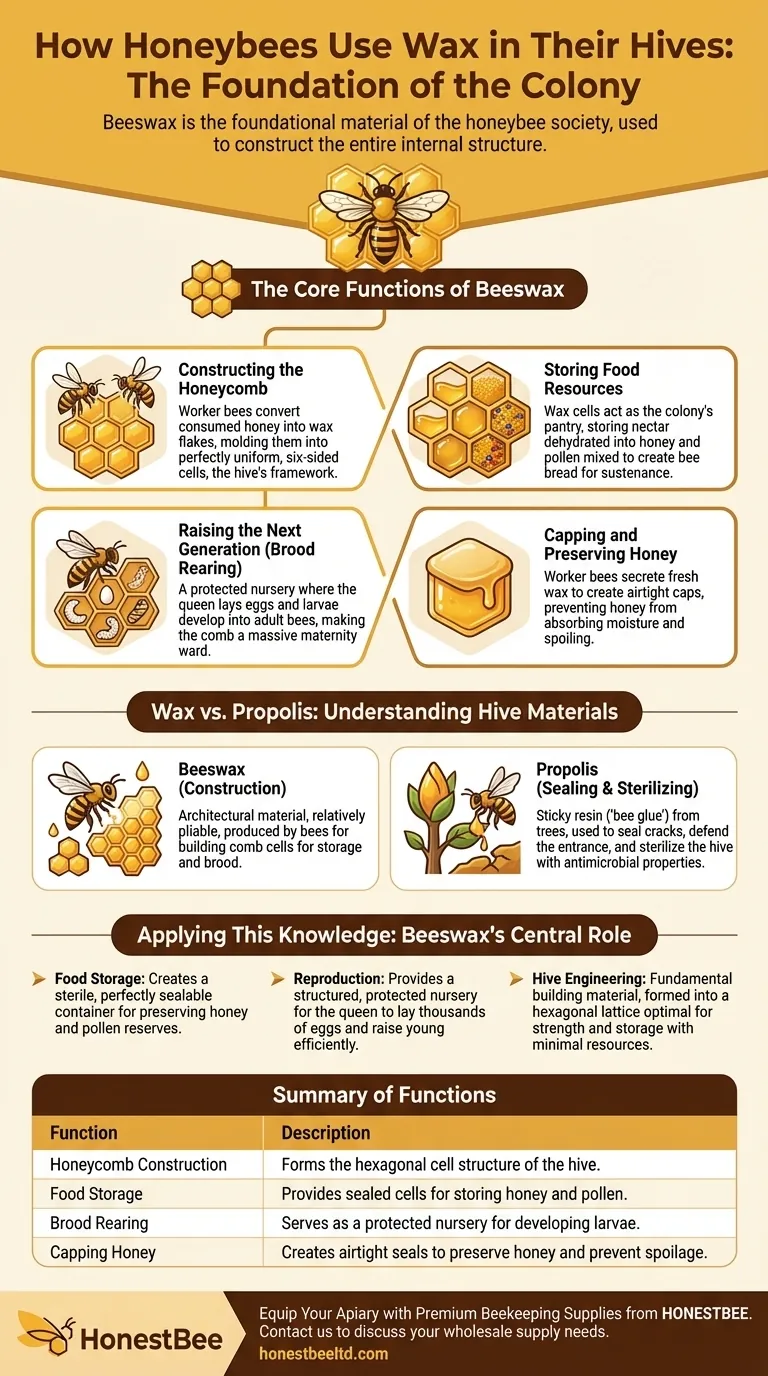
Related Products
- Manual Beeswax Comb Foundation Machine Wax Foundation Mill Embossing Machine
- Notebook Style Beeswax Foundation Mould Wax Foundation Mold
- Beeswax Foundation Sheets Beehive Foundation for Wholesale
- Colorful Silicone Beeswax Foundation Mold Mould for Beekeeping
- Food Grade Plastic bee Foundation for Bee Frames
People Also Ask
- How should stuck wax on mill rollers be removed? A Gentle, Non-Damaging Cleaning Method
- What is the importance of soaping the rollers during milling? Prevent Wax Adhesion & Equipment Downtime
- What is the function of a beeswax foundation machine? Boost Hive Efficiency and Honey Production
- What are the different uses of comb in a bee hive? A Guide to the Hive's Essential Architecture
- Why is it beneficial to make your own beeswax foundation? Gain Control Over Cost, Purity & Hive Health







